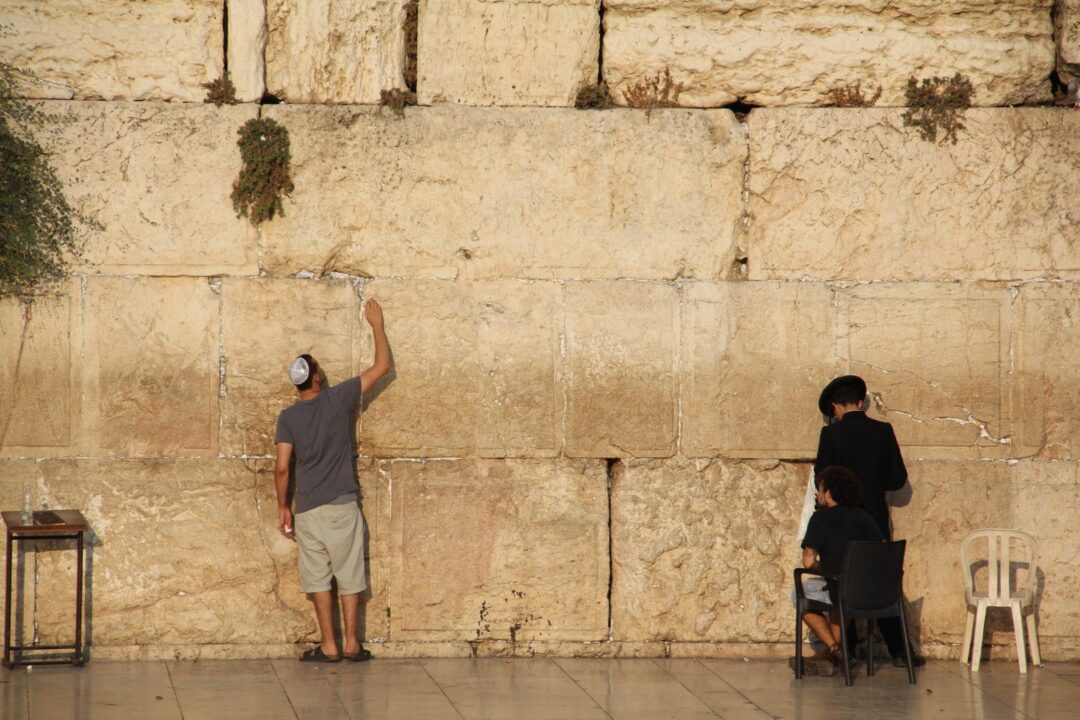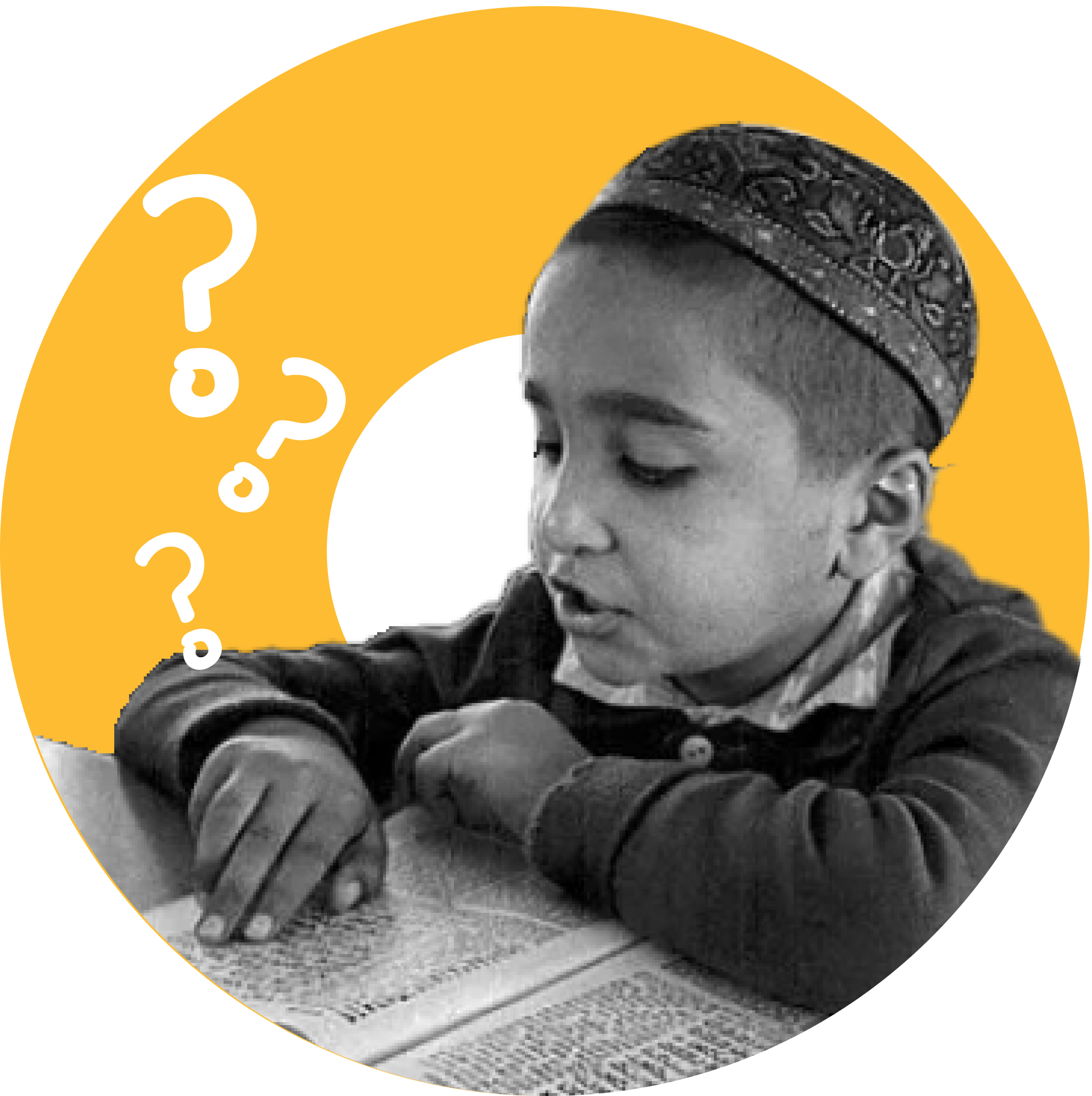As long as the Temple stood, there was a biblical mitzva to travel to Jerusalem for each pilgrimage festival and to offer three sacrifices: olat re’iya (pilgrimage burnt offering), shalmei ĥagiga (pilgrimage peace offering), and shalmei simĥa (festive peace offering). This was obligatory for men. For women, it was optional so that when necessary, they could remain at home and take care of the children, the infirm, and the elderly. Nevertheless, if women could go and did so, they fulfilled the mitzva. As a result of the destruction of the Temple, the commandment to make the pilgrimage to Jerusalem could no longer be observed. Nevertheless, many Jews have continued to spend the festivals in Jerusalem to be close to the Temple Mount, as it retains its sanctity. Anyone who does so fulfills a mitzva.
There is a rabbinic mitzva to visit one’s rabbi on the three pilgrimage festivals. Doing so helps a person stay connected with the rabbi, learn Torah from him, and receive spiritual guidance. This mitzva has something in common with the mitzva to make a pilgrimage to the Temple, as the Sages declare: “Visiting one’s rabbi is comparable to visiting the Divine Presence” (Jerusalem Talmud, Eruvin 5:1). The primary purpose of the visit is to listen to his Torah classes. Nevertheless, someone who greets his rabbi after festival services and wishes him “Good Yom Tov” has performs a mitzva as well.


















